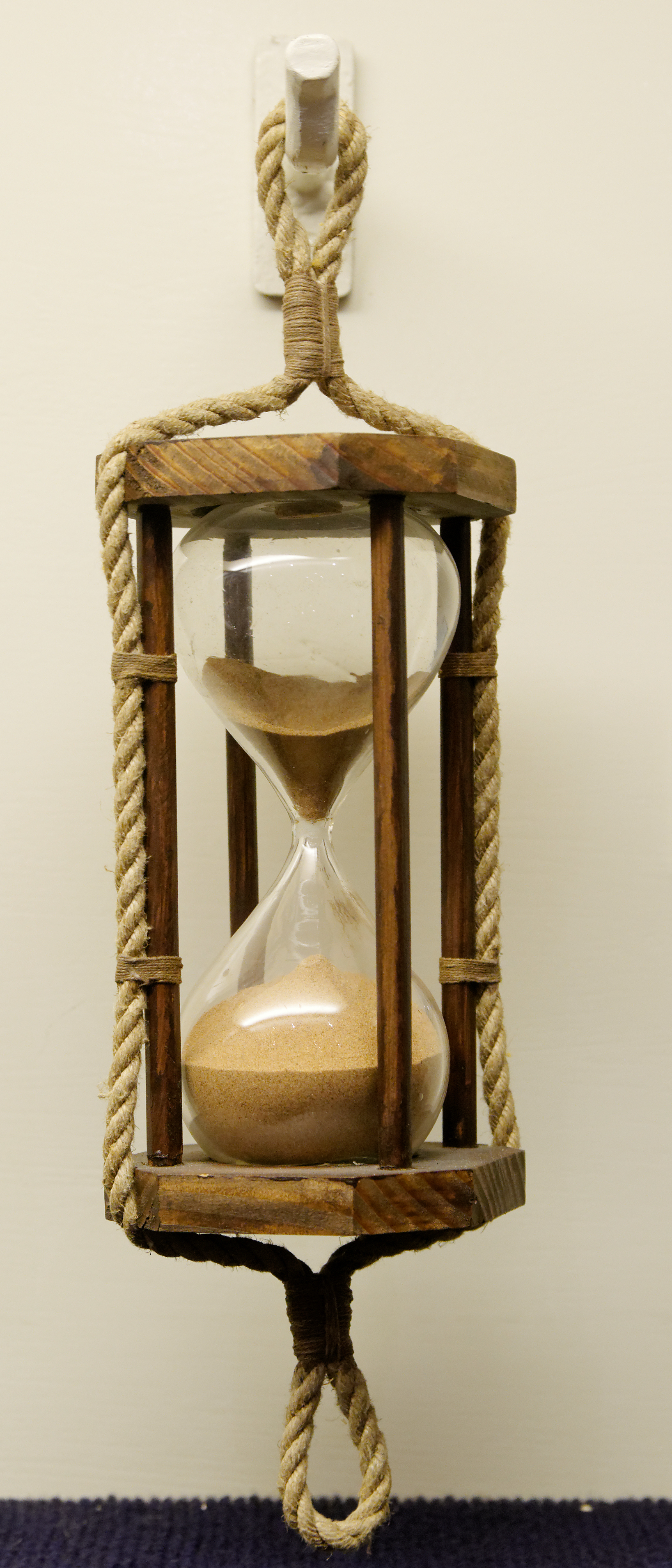Calendar, Julian
Enlarge text Shrink textThe Julian calendar is a solar calendar of 365 days in every year with an additional leap day every fourth year (without exception). The Julian calendar is still used as a religious calendar in parts of the Eastern Orthodox Church and in parts of Oriental Orthodoxy as well as by the Amazigh people (also known as the Berbers). The Julian calendar was proposed in 46 BC by (and takes its name from) Julius Caesar, as a reform of the earlier Roman calendar, which was largely a lunisolar one. It took effect on 1 January 45 BC, by his edict. Caesar's calendar became the predominant calendar in the Roman Empire and subsequently most of the Western world for more than 1,600 years, until 1582 when Pope Gregory XIII promulgated a revised calendar. Ancient Romans typically designated years by the names of ruling consuls; the Anno Domini system of numbering years was not devised until 525, and became widespread in Europe in the eighth century. The Julian calendar has two types of years: a normal year of 365 days and a leap year of 366 days. They follow a simple cycle of three normal years and one leap year, giving an average year that is 365.25 days long. That is more than the actual solar year value of approximately 365.2422 days (the current value, which varies), which means the Julian calendar gains one day every 129 years. In other words, the Julian calendar gains 3.1 days every 400 years. Gregory's calendar reform modified the Julian rule, to reduce the average length of the calendar year from 365.25 days to 365.2425 days and thus corrected the Julian calendar's drift against the solar year: the Gregorian calendar gains just 0.1 day over 400 years. For any given event during the years from 1901 through 2099, its date according to the Julian calendar is 13 days behind its corresponding Gregorian date (for instance Julian 1 January falls on Gregorian 14 January). Most Catholic countries adopted the new calendar immediately; Protestant countries did so slowly in the course of the following two centuries or so; most Orthodox countries retain the Julian calendar for religious purposes but adopted the Gregorian as their civil calendar in the early part of the twentieth century.
Read more on Wikipedia >
 Topic
Topic




